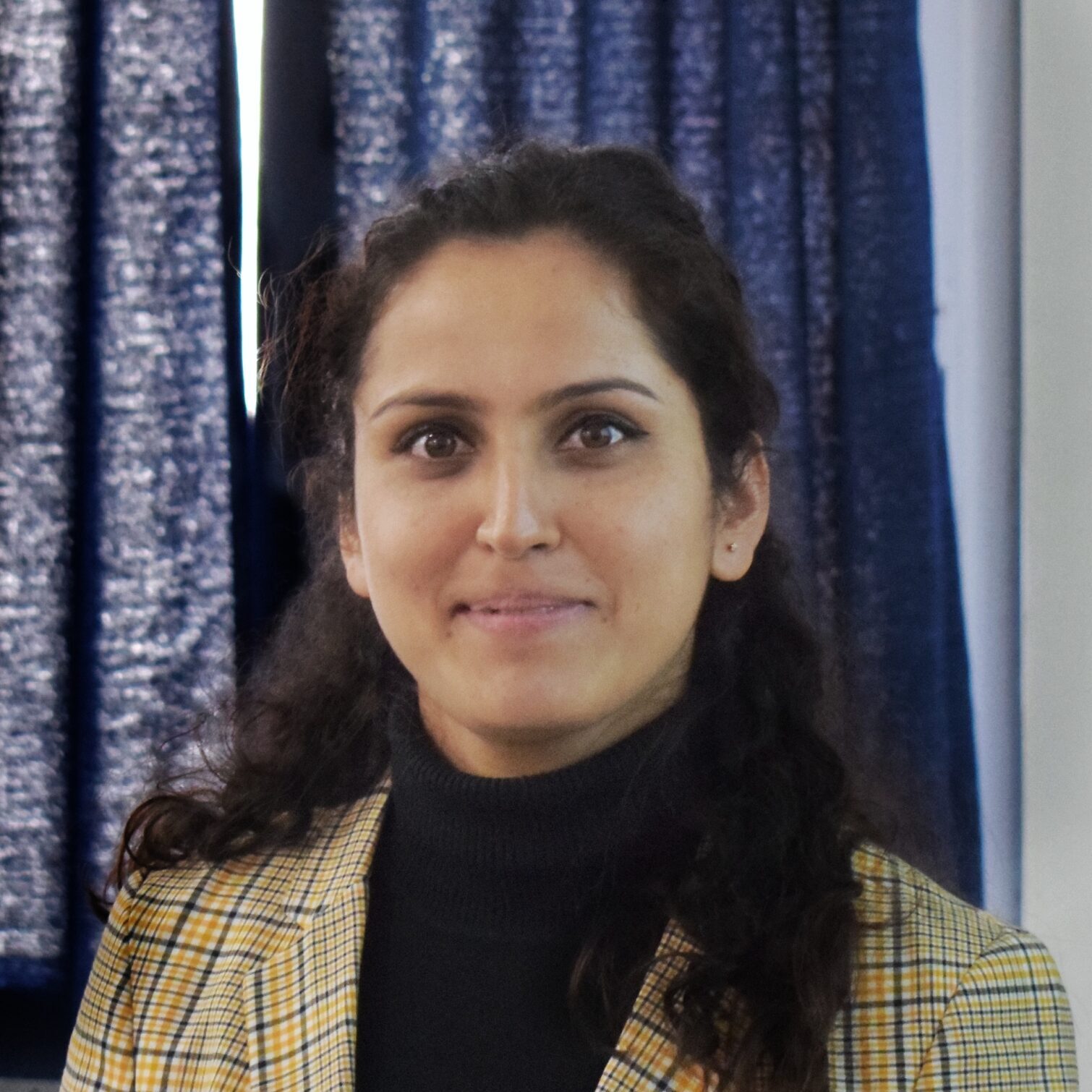About the project
Objective
This project aims to develop efficient Deep Neural Network (DNN)-based approaches for solving inverse problems in Structural Health Monitoring (SHM) by integrating physical principles into data-driven models. By embedding physics into the otherwise black-box neural network framework, the approach seeks to enhance both the accuracy and credibility of predictions while improving interpretability.
The study will focus on two key strategies: utilizing high-fidelity Finite Element (FE) simulations to establish correlations between realistic damage parameters and observable, damage-sensitive structural responses, and incorporating system physics to ensure practical and physically consistent outputs. By leveraging these techniques, the project aims to formulate a robust framework for near real-time monitoring and management of large-scale bridge networks, enabling proactive maintenance and improved infrastructure resilience.
Background
Aging and heavily loaded civil infrastructure, particularly bridges, demand proactive maintenance strategies to ensure structural safety and longevity. Catastrophic failures, such as the Genoa bridge collapse in 2018, emphasize the urgency of effective monitoring systems. These challenges are further pronounced by corrosive pollutants and climate change-induced extreme weather conditions, accelerating structural deterioration.
The American Society of Civil Engineers (ASCE) Report Card reveals that the average age of bridges in the U.S. is 57 years, with 7.5% classified as structurally deficient. Similarly, the Trans-EU Transport Highway Network (TEN-T) faces mounting concerns, as numerous highway bridges in countries like France, the UK, and Germany exhibit significant structural vulnerabilities. The financial burden of maintenance, repair, and potential reconstruction, coupled with the risk of cascading failures, makes systematic bridge monitoring an urgent necessity .
Despite decades of research and substantial investments—such as the EU’s funding of FP7 and H2020 projects—industrial adoption of SHM remains limited. To effectively mitigate risks and optimize infrastructure management, the transition from periodic inspections to continuous, data-driven monitoring is essential.
About the Digital Futures Postdoc Fellow
Dr. Sharma is a dedicated researcher specializing in AI and ML/DL-based solutions for SHM bridges, buildings, and offshore structures. Her work focuses on addressing key challenges like data scarcity, rapid damage detection, and real-time frameworks for bridge infrastructure. Dr. Sharma has worked as a Postdoctoral Fellow at the Basque Centre for Applied Mathematics in Bilbao, Spain, where she contributed to assessing the condition of mooring lines in offshore wind turbines using deep learning techniques.
She was involved in the IA4TES (Artificial Intelligence for Sustainable Energy Transition) project, which was part of a government-funded renewable energy initiative. Her expertise includes condition assessment and modeling using tools like CSi-Bridge, Ansys, SAP, and OpenFAST, along with developing AI/ML/DL algorithms in Matlab and Python. Dr. Sharma’s research achievements include many international publications and several well-received conference presentations.
Main supervisor
Raid Karoumi, Professor in Structural Engineering and Bridges, KTH.
Co-supervisor
John Leander, Professor in Structural Engineering and Bridges, KTH.

